The history of Ernst Conservation Seeds is one such story – intertwined uniquely with that of its founder and president, Calvin Ernst. Born and raised a stone’s throw from where his sprawling agribusiness calls home, Calvin proved himself to be a savvy entrepreneur by the young age of 14, when he received his Pennsylvania nursery license, now known as a plant merchant certification. In his senior year of high school, Calvin grew the record corn crop in Crawford County with guidance from his 4-H leader and the local Penn State University Cooperative Extension office.

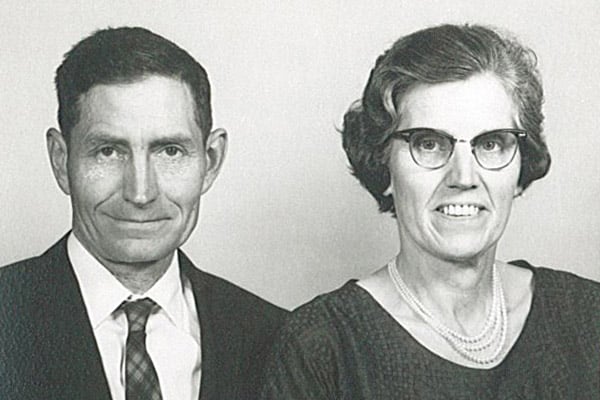
As a junior at Penn State, Calvin, his brother Luther and some friends were performing research on crownvetch – an herbaceous legume that spreads through both rhizomes and seed – for the Pennsylvania Department of Transportation. Some University staff members told the young men they couldn’t find anyone interested in growing crownvetch. Calvin recalls, “I didn’t initially think that seeds would be my thing. It was really the challenge of doing something PennDOT couldn’t get anyone else to do that put me on this path.” And Calvin has always loved a challenge.
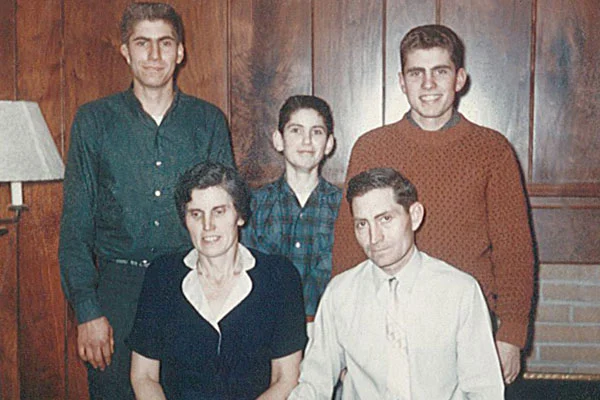
Calvin was working for Penn State’s College of Agriculture and Luther was a school administrator. The brothers scraped together $1,000 to purchase foundation crownvetch seed and convinced their father Ted to plant it on five acres of the family farm. The gamble, they assured him, would pay off. Recalling his mother’s reaction to the initial seed purchase, Calvin says, “She thought every seed must have been worth a penny – she even swept the stray seeds off the barn floor.” It was also in 1963 that Calvin made his most auspicious proposal – and realized his greatest personal gain – when he requested, and was granted, the hand of Marcia Atwell in marriage. The two have been life and business partners ever since, literally traveling around the globe and making an indelible mark on the seed trade industry in the ensuing 50-plus years together. Reflecting on the importance of having her by his side all these years, Calvin says, “Marcia has always supported me personally and professionally. And I could count on her, as I could my parents, to question me on why I thought something was the right idea. She would never say, ‘Don’t ever do that again,’ but, instead, would ask why things didn’t work out and how we could learn from it.” He continues, “I think more than anything, it was Marcia’s support back home and keeping the family together and strong that always made it productive for me to go out and try things, then come back and regroup now and again.”
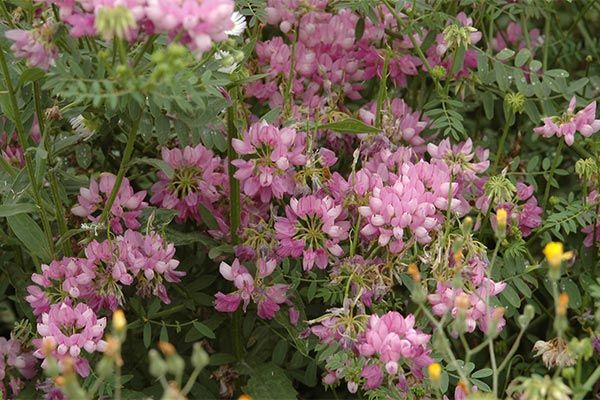
The Ernst brothers planted an additional 60 acres of crownvetch on leased land in the spring, and harvested the earlier five-acre stand that fall. With Ted’s assistance, the 1964 crop was sold to Stanford Seed in Plymouth Meeting, Pennsylvania. The Ernst family enterprise – newly dubbed Ernst Crownvetch Farms – had its first customers and was officially in the seed business. The sale to Stanford Seed and other early customers allowed the fledgling agribusiness to hire its first full-time employee, who would help them expand production on owned and leased land. Calvin had witnessed firsthand the potential of crownvetch for erosion control while living and working in the greenhouses at Penn State. His gut told him this legume held enormous potential for commercial viability. His timing couldn’t have been better. It was during this period of time in the mid-to-late 1960s that the massive U.S. Interstate Highway System was being built. Superhighways like I-79, I-80, I-90, and I-95 were being carved across the American landscape. Suddenly, there was high demand for effective cover crops to revegetate rights-of-way and highway medians. Much of Ernst Crownvetch Farms’ key growth occurred during the ensuing years, thanks largely to the relationships being cultivated with highway departments and government agencies involved with the interstate system.
The crownvetch crop made it possible to purchase the 180-acre property that Ernst Conservation Seeds still calls home today. It also allowed for the Company’s first personnel expansion to what was then a handful of people who helped the Ernsts grow both crownvetch seed and crowns.
That fall, Ernst Crownvetch Farms joined forces with Multi-Systems, Inc., a public corporation based in Detroit, to purchase a 640-acre farm in north central Nebraska, where they plowed under the native prairie and planted the entire farm in irrigated crownvetch. The purchase doubled the acreage Ernst had in production at the time. Over the next three years, Calvin, Marcia, and young sons Andy and Michael would spend a couple months each spring and fall living on the Nebraska farm while fields were planted and harvested.
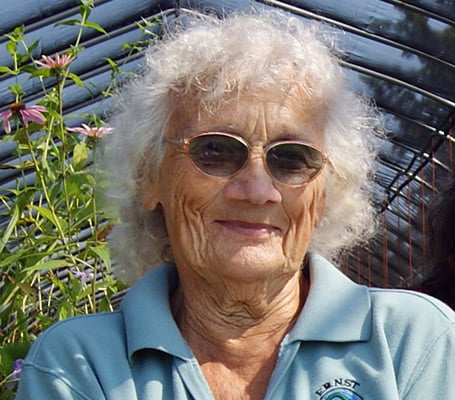
Peg “Granny” Simmons was hired in 1970. She was a beloved Ernst employee for 48 years. She retired in 2019.
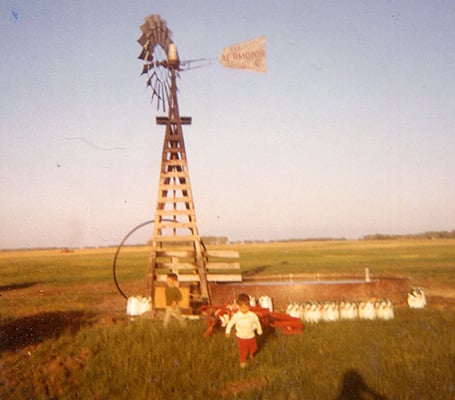
The price of crownvetch collapsed. The Ernsts’ partnership with Multi-Systems was mutually severed, with Ernst Crownvetch Farms owing $12,000. With no available assets, Calvin and Marcia took yet another risk by securing local Farmers Home Administration financing on approximately 500 acres back home in Crawford County. The couple expanded their business by growing crownvetch crowns and potted plants. They soon paid their debt from the dissolved partnership and moved on, in control of their own destiny once again
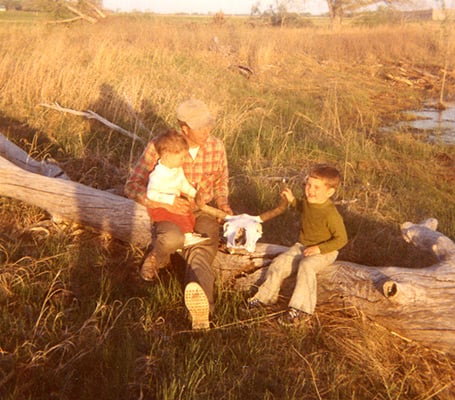
The couple was blessed with the birth of daughter Robin. The remainder of the 1970s saw Calvin and Marcia raising the three kids while continuing to sell crownvetch and grain crops. According to Calvin, the children all shared a love for the natural world and the ever-changing business in which their parents were engaged. “I don’t think they ever looked at our farming as drudgery,” he says. “It seems they always figured, ‘Something’s going to happen here that’s going to be more exciting than the last thing.’ And that kept them engaged. Every time we made progress, we shared it with them as well. I think that was important. And it’s something they do with their own kids today.”
In the winter of 1974, into 1975, Calvin asked his cousin Bob Stein, an Army veteran who received the Purple Heart in the Asian-Pacific Theater, to help him build an elevator and a 5,000-bushel grain storage complex. A neighbor told Calvin that he would never grow enough corn to fill it … within five years, Calvin was producing over 100,000 bushels of grain. Bob continued to help Calvin and the Company expand until his death in 2007.
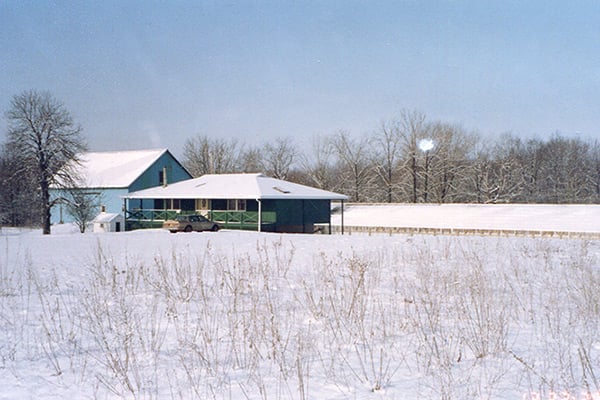
The business continued to expand until the 22% interest rates of the early 1980s hit. When the value of crownvetch wasn’t worth the cost of harvesting it, the couple began growing large volumes of no-till corn planted right into the existing crownvetch fields. The practice created high corn yields due to the legume’s excellent nitrogen-fixing properties. Once again, crownvetch had saved the day, even when it was playing a supporting role as a cover crop.
Ernst Crownvetch Farms hired its first full-time information technology employee to manage the Company’s inventory and sales & marketing activities. This progressive move was becoming characteristic of the Ernsts and their approach to agriculture as a true business, and its employees as professionals. “I think I’ve generally been successful at finding or developing a skill set within an employee – a skill set that was useful for the business and that person’s professional growth,” he comments. “I’ve tried to mold some of our employees into what the business needs them to be with a lot of success. And some of them I’m still working on,” he laughs. Later in the decade, Ernst began growing native deertongue obtained from the USDA’s Big Flats Plant Materials Center (PMC) in Corning, New York. Deertongue was the first native used for strip mine reclamation where low soil pH was a challenge. Calvin credits the propagation and marketing of deertongue seed as the turning point in the Company’s eventual transition from the non-native crownvetch that had driven sales for the first 20-plus years to the native plant species that would assume that role moving forward.
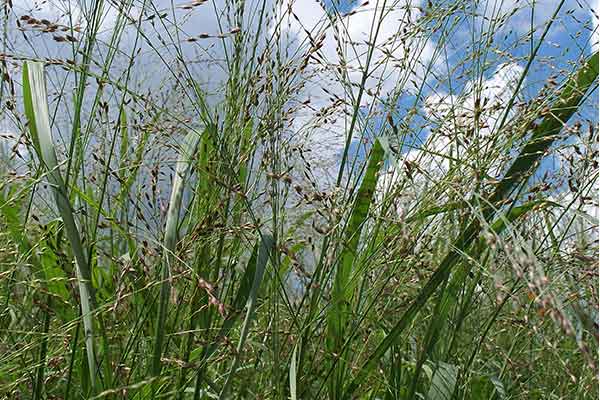
The Company planted its first foundation Panicum virgatum (switchgrass) seed, ‘Shelter’ variety. Calvin was interested in switchgrass because it added wildlife value to strip mine and reclamation seed mixes. It wouldn’t take long, however, for him to find an even higher calling for this high-yielding, warm season grass that grows so well on marginal lands.
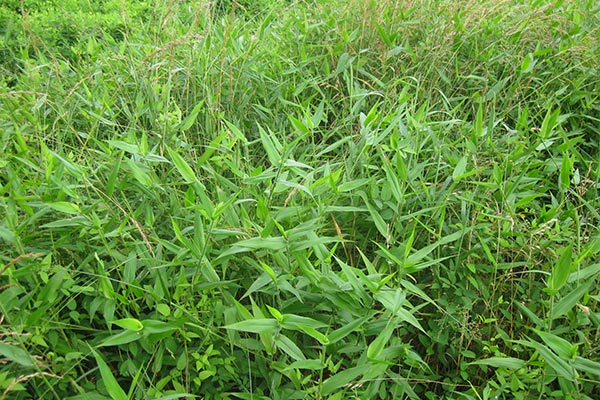
Panicum clandestinum (Deertongue) was Calvin’s first native seed crop.
Ernst was purchasing much of its crownvetch seed from growers in southeastern Minnesota in order to mitigate the effects of low market prices. The Company built a small processing facility and erected a handful of grain bins there. Calvin recalls that these activities in Minnesota first piqued his interest and drove a shift in his business strategy toward the diversity of natives and their potential to revolutionize the seed trade. Southeast Minnesota and Iowa were home to many of the first commercial growers of native ecotypes. This fraternity of like-minded producers was very helpful, sharing their combined insights with the ever-curious and innovative entrepreneur. In short order, Calvin began shifting acreage from grain and crownvetch production to that of native forbs and grasses. In step with Ernst’s shift toward native ecotypes was a shift in the attitudes of government agencies toward the use of non-native species, such as crownvetch. Non-natives, specifically those classified as aggressive species, were beginning to be blacklisted in favor of a move toward native species. Once again, Calvin had begun innovating and adapting his product offering ahead of the curve. Calvin has always believed in the need to continually educate himself and others on best practices, to study the future of agronomy and foresee opportunities to diversify and meet future demands. His peers recognize this as well, often inviting him to speak or to participate in the greater conversation within the industry. In the summer of 1990, Calvin and Marcia traveled to eastern Europe as part of the “People to People” exchange program to study a diverse agricultural practice. In 1991, Calvin traveled with the USDA to China to promote inter-cropping perennial legumes with annual grain crops in order to reduce crop inputs and erosion. Further expansion of the farm’s operations occurred at this time with help from Ted and the hiring of additional employees. Calvin recalls fondly one of those employees in particular. “Pressley Hilliard came to me in an old wreck of a car one day and said, ‘Calvin, you need to buy my farm and grow corn.’ I said, “Pressley, I’m going to show you how to make money without growing corn or raising dairy cows.” We spent time traveling together in the Midwest buying and selling seed and he became enamored with the large production fields. You see, twenty-five years ago there was a big transition from dairy farms to crop farms. It seemed that on every farm where they had torn down the old dairy barns and went straight to crop farming, there was a Cadillac in the yard, so to speak. On one of those trips, Pressley finally looked at me and said, ‘When I get back, I’m gonna tear down those old barns.’ He was a great person and really became a member of our family. We lost Pressley in 2011, and folks are still telling stories about him today.”
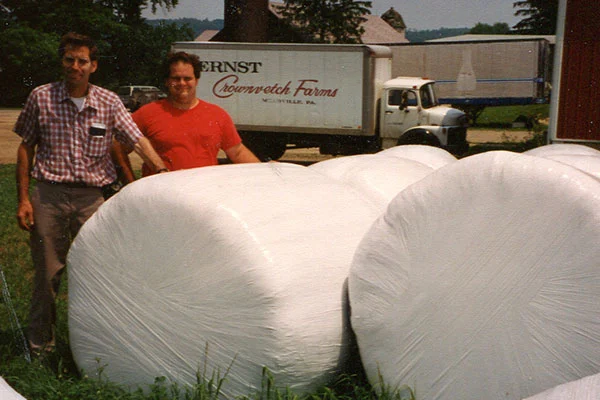
Ernst Crownvetch Farms secured the rights to grow and market ‘Niagara’ Big Bluestem, which was successfully planted in 1994. At about this time, the Company changed its name to Ernst Conservation Seeds in order to better represent its evolving products and philosophy. By that time, Ernst was wild harvesting and growing native wetland seeds for the wetland mitigation market. Further opportunity arose when Ernst began collaborating with federal agencies, highway departments, and land developers for the purpose of establishing wetlands and meadows using native seeds, and teaching these groups how to install bioengineering materials for soil stabilization. Andy, Michael, and Robin all pitched in with Ernst employees to expand native seed production and sales. Andy became involved in both state and national professional seed organizations that promote better quality standards. Michael busied himself building additional processing, storage, and office capacity. Robin directed seed sales and promoted efficient native seed installation.
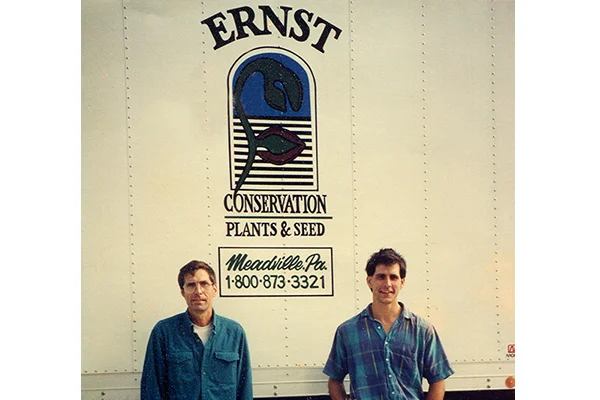
Mark Fiely joined Ernst Conservation Seeds as its full-time horticulturist, helping Calvin diversify the Company’s offering of native ecotypes. To this day, Mark spends a considerable portion of his time traveling the eastern United States in search of new species and researching their viability as production crops. He also works closely with customers, from large government agencies to landscape architects and hobby gardeners, all with the goal of educating them on the use of native species and assisting in their successful establishment.
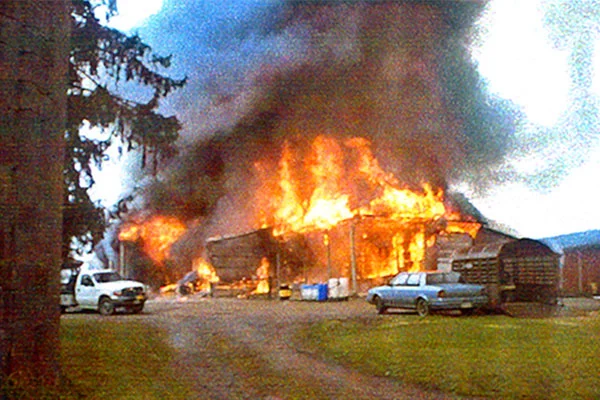
A fire destroyed a major portion of the Company’s seed conditioning facility in Meadville and several of that year’s crops were lost. Employees and neighbors brought their own tools to help the family rebuild. “Our community was showing up to help us before the end of the first day,” recalls Calvin. With used equipment and loyal employees, seed was conditioned outside through the winter.
A new seed processing facility was completed, including equipment repair bays and a secure bay for the handling of field spray applications. Though the incident was tragic, it is widely seen as a unifying moment in the history of the Company, strengthening bonds between the family, its employees, and the community, while also necessitating facility expansion and improvements that would pay dividends in short order. “It was something we’d never want to repeat under the same circumstances,” Calvin reflects. “But it allowed us to rebuild and improve the facilities we had. The changes we were able to make to our capacity and processing efficiency just advanced us tremendously. The way our neighbors, business partners, and employees came together and helped out so quickly is very special. It was quite a pulling together.” In response to a challenge to develop a native seed source for the extreme southeastern U.S., Calvin initially utilized his vacuum harvesting technology to wild harvest wiregrass in central Florida. These successful wild harvests and collections of native forbs and grasses throughout Florida gave him yet another opportunity to expand.
The Ernst family purchased a farm in Live Oak, Florida, named it Ernst Southern Native Seeds, LLC, and began field production, with frequent assistance from the NRCS Plant Materials Center [PMC) in Brooksville, Florida and the Florida Wildflower Seed & Plant Growers Association. Due to decreased demand, coupled with production difficulties involving wiregrass and some of the forbs, this venture did not prove to be as fruitful as hoped. However, with the aid of the Brooksville PMC, Calvin is successfully producing seed of two PMC releases, ‘Stuart’ and ‘Miami’ switchgrass. Additionally, in cooperation with the U.S. Department of Agriculture, Agricultural Research Service (USDA, ARS) in Griffin, Georgia, he is multiplying seed for more than 40 southeastern ecotypes of lowland and upland switchgrass, along with his own native wildflowers.
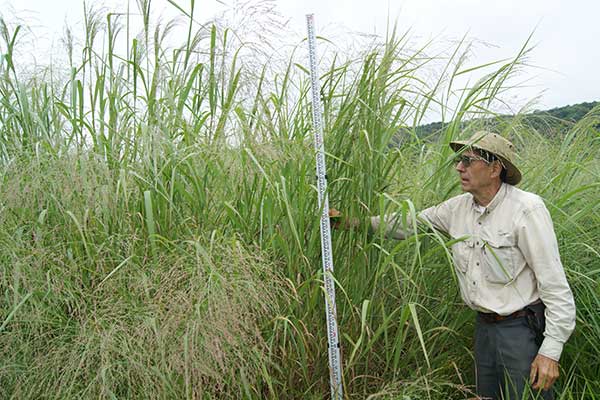
Calvin had been considering the potential for developing grass biomass for energy production. Calvin put his plans to the test by leasing 5,000 acres of marginal farmland in Crawford County and planting switchgrass for seed and biomass production. With marginal land being what it is, Calvin learned plenty about the effects of low pH and wet soils. Research soon began on the densification of switchgrass for use in direct combustion applications. In a characteristically gutsy move, Calvin decided that his company would need to be the innovator once again – leading the charge instead of sitting on the sidelines of progress. Ernst would build its own state-of-the-art facility to process warm season grasses. Michael and a select group of dedicated employees designed and constructed a pellet plant that uses only grass.
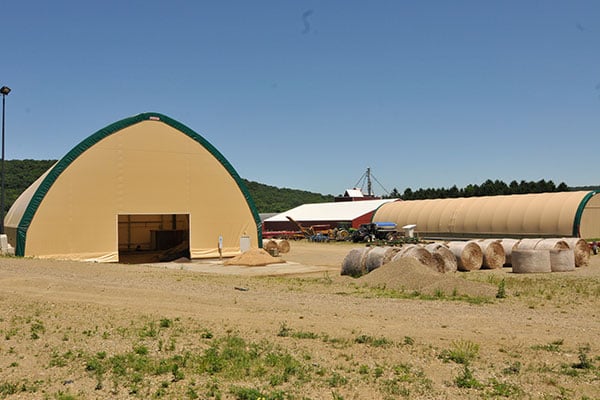
The plant was completed and is currently producing densified grass pellets for multiple uses as a separate entity called Ernst Biomass, LLC. The facility has opened many market opportunities for grass biomass, including numerous agricultural applications and uses in the burgeoning Utica and Marcellus shale oil and gas plays of the northeastern United States.
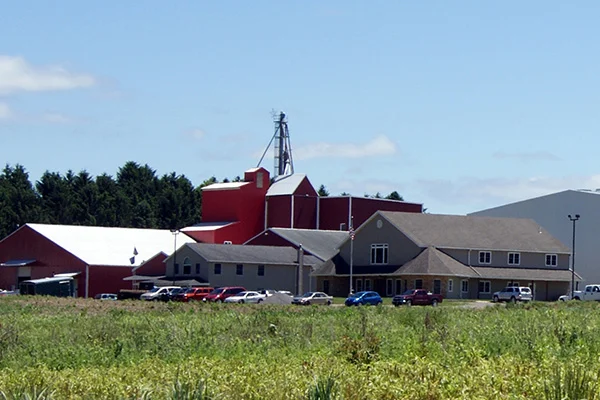
Today, with over 10,000 acres in production, Ernst grows hundreds of diverse crops for conservation, ecological restoration, beautification, energy feedstock, and wildlife habitat. Future growth opportunities can be seen in increased public and governmental interest in sustainable landscapes, low-impact development, responsible reclamation and restoration, pollinator habitat, improved biodiversity, and evolving practices in conservation agriculture. While Calvin and Marcia show no sign of slowing down, their children all play critical roles in the future growth and diversification of Ernst Conservation Seeds and its affiliates. Andy and Michael Ernst share responsibilities for day-to-day operations at Ernst Conservation Seeds and Ernst Biomass, while Robin operates Meadville Land Service, Inc., a full-service mobile restoration company specializing in the construction, restoration, and mitigation of streams and wetlands, as well as native planting, seeding, and the installation of bioengineering material. Darrell Ernst, Calvin’s younger brother, has been with the Company as an electrical and hydraulic mechanic for over five years. The extended Ernst “family” has grown to approximately 80 full-time employees, including field production crews, sales & marketing staff, researchers, seed conditioning specialists, finance, purchasing, inventory management, and human resources professionals. After a passing glance back on the first 50-plus years of his company’s history, Calvin immediately focuses on the promise of its future. “The environmental climate and professionals in the field are recognizing how important natives are in the whole restoration of our North American ecology, and that natives are the best choice for use in just about every scenario. “Through our experience, we know how to harvest these seeds and grow them in a production environment. We know how to help our customers repeat our success in their own unique applications, and we take the time to do that with each customer. “There’s progress to be made in the efficiency of producing native seeds and in discovering or creating new markets for them. We continue to find new plants in diverse ecologies that may contain a thousand species in a square mile. “And we’re only growing a few hundred of them so far.”
The Ernst Team consists of 80+ full-time employees, including field production crews, sales and marketing staff, researchers, seed conditioning specialists, finance, purchasing, and inventory management. Ernst's owned acreage has doubled in the last ten years, and sales have increased by 50% in the last ten years. Healthy expansion continues with new drying and storage bins, equipment storage buildings, and a state-of-the-art spray bay. As 2024 marks our 60th year in business, it will be the beginning of a new decade of growth and renewed excitement for decades to come.
Ernst Conservation Seeds
8884 Mercer Pike
Meadville, PA 16335
(800) 873-3321
sales@ernstseed.com
© 2025 Ernst Conservation Seeds | Privacy Policy